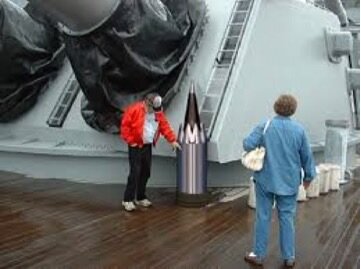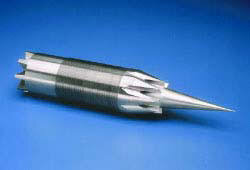Before Polaris was put out to sea, submarines weren't their only host platform; the USN had their Long Beach and Albany cruisers "fitted for, but not with" with eight Polaris tubes. Also, the Italian Navy and their Cruisers held provisions for Polaris tubes. Still, these plans were dashed after the Cuban Missile crisis and the quick build-up of American SSBNs.
So, what if the surface navy kept their nuclear missiles?
Personally, I think if the SWO's got their way, we might see the Long Beach turn into a class of ships that led independent Surface Action Groups. The "DLG Frigates" would still be procured for air defense, but CGN (CAGN) Cruisers would be built in the 60s and continue their historical roles; more or less, these are the "Strike Cruisers" but built to 60s standards so Talos, Mk11 launchers, Asroc, and probably no guns, unfortunately. But what other offensive weapons might arise if the surface navy got more of the budget? Something of the equivalent to Styx or Moskit anti-ship missiles? How much earlier could Tomahawk or an equivalent come into service?


